Disney’s animated movies are the epitome of feel-good cinema. Pretty much any Disney classic can be watched at any time and bring a smile to its audience’s face. These are timeless movies, lifting from fairy tales that are rooted in just about every culture. It’s hard not to recognize the universality of an animated Disney film.
At the same time, these movies have their own identity centered around the Disney brand. While most Disney movies are adaptations, they often change the story considerably, to the point of no longer recognizing the source material. Many are even based off stories that end in tragedy, with the movie’s endings offering happier resolutions.
10 Snow White & The Seven Dwarfs: The Evil Queen Dances To Death
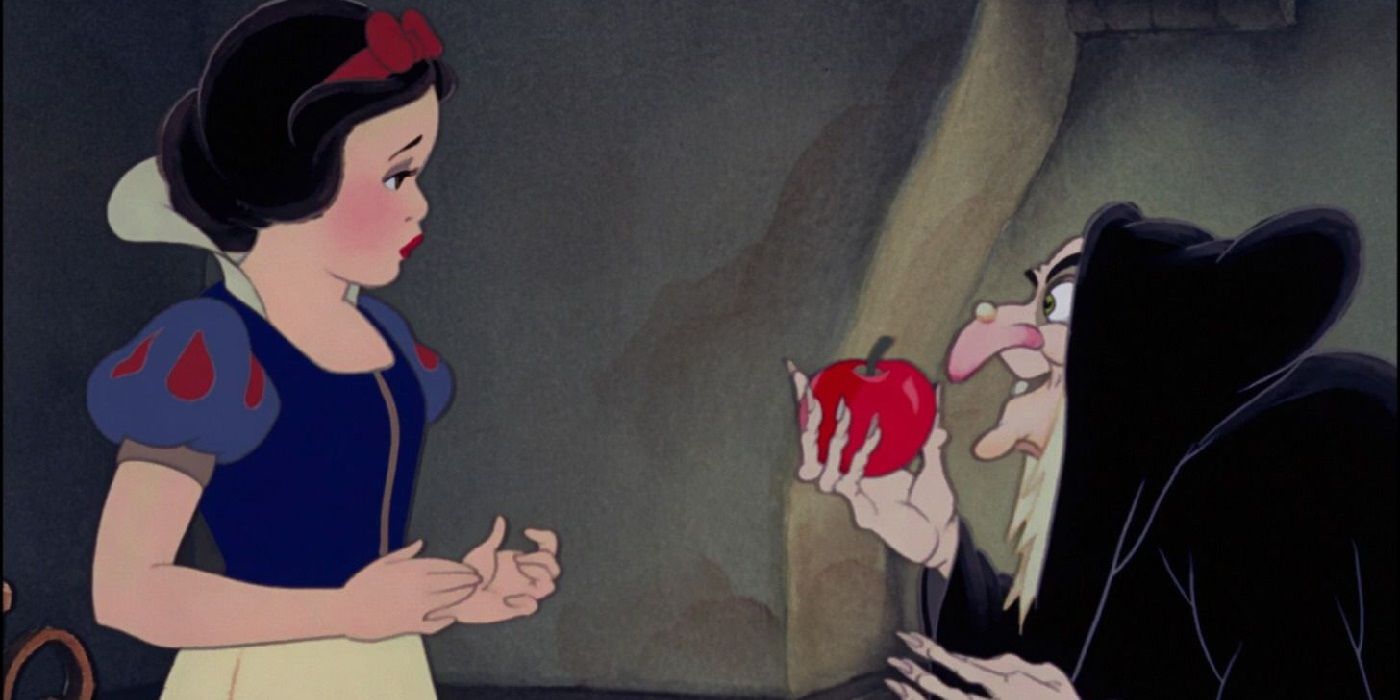
Given that Snow White is poisoned by the Evil Queen heading into the film’s last act, she naturally isn’t around for the finale. As a result, the dwarfs are left to take out the Evil Queen themselves. In a wonderfully animated sequence, they kill the Evil Witch, avenging Snow White in the process.
In the original story, however, Snow White has a bit more agency (a pattern you’ll notice down the list). The Prince actually saves Snow White from choking on an apple, and the two orchestrate a revenge scheme against the Evil Queen, forcing her to wear scalding hot shoes and dance to her death.
9 Pinocchio: Pinocchio Is Hanged
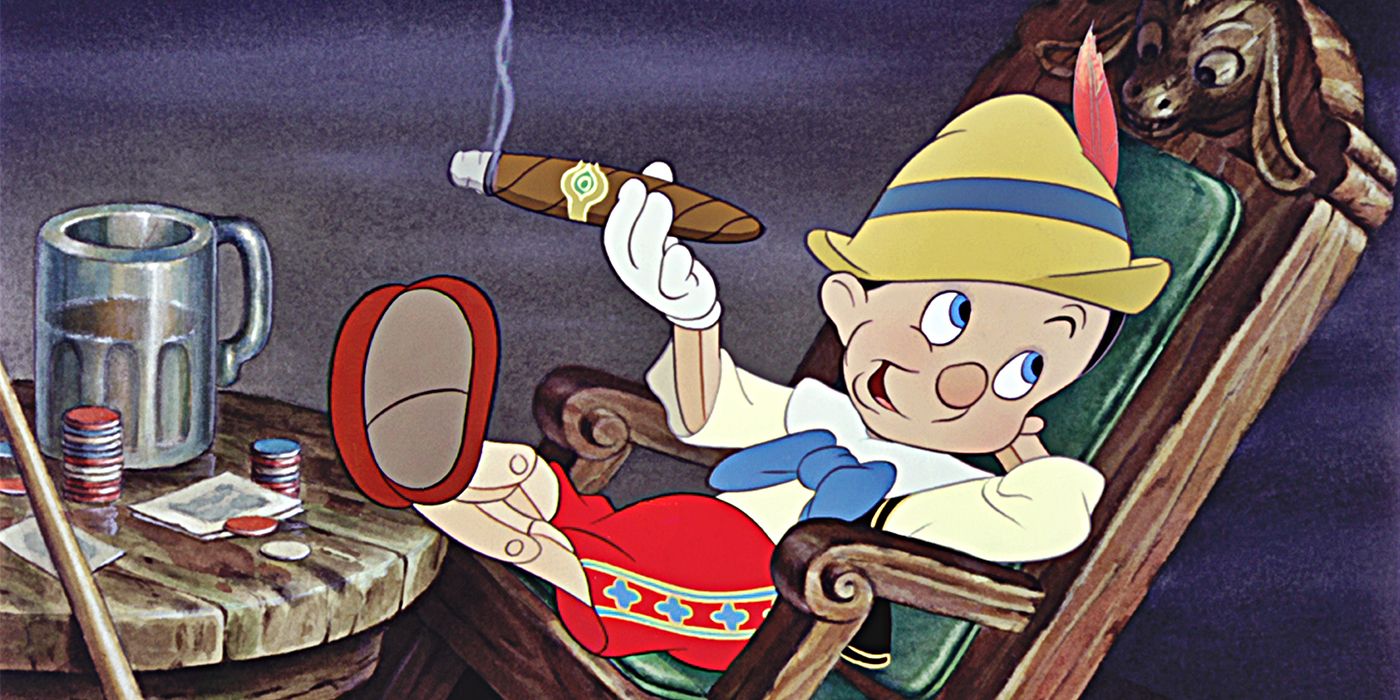
Yes, you read that right. As strange as it sounds, this was indeed the case. In The Adventures of Pinocchio, Pinocchio was hanged at the end of Chapter 15.
It’s, uh, interesting to note that Pinocchio was intended to meet his end in such a horrific way. Frankly, it would completely ruin any childlike appeal Pinocchio might have a story. Disney’s take is still dark (hard to avoid given the source material), but it never becomes this morose or upsetting.
8 Cinderella: Cinderella Murders Her Stepmother
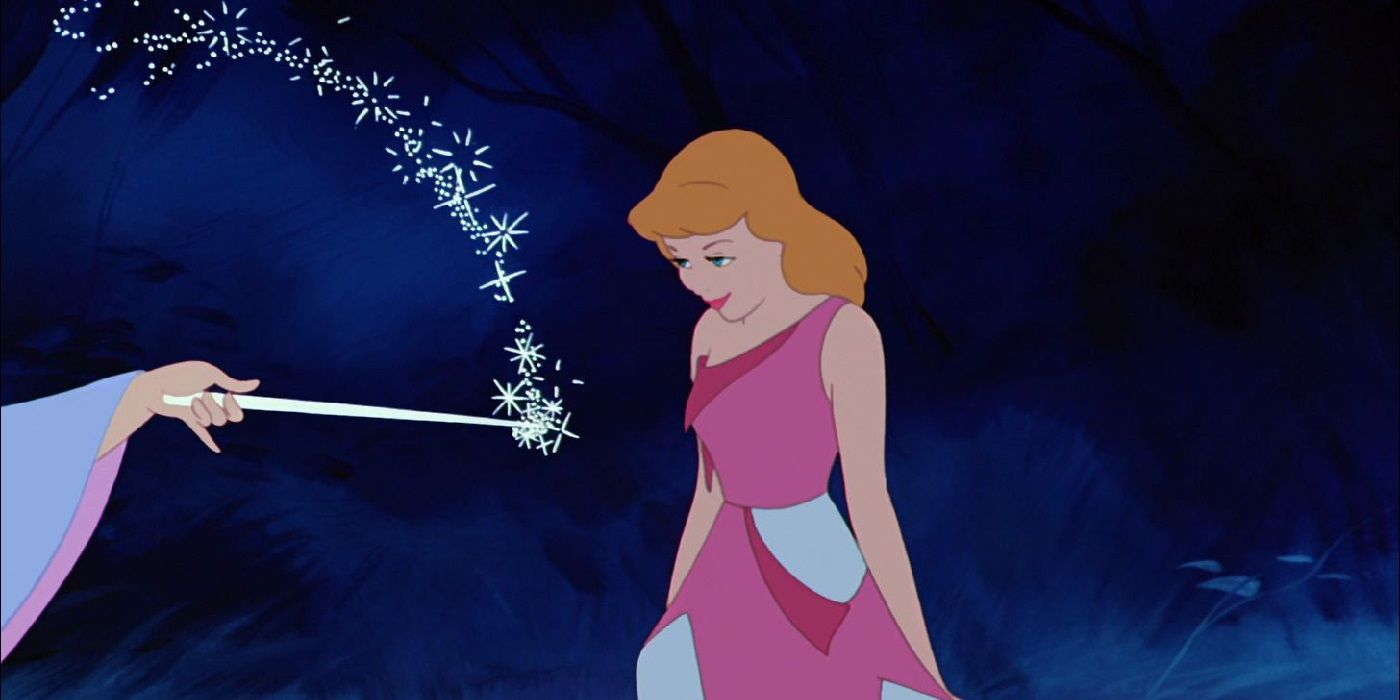
This isn’t so much a tragedy considering Cinderella's stepmother absolutely had it coming, but it’s still worth pointing out. In the Disney film, Cinderella ultimately gets her happily ever after. Her stepmother tries to stifle her at every turn, but Cinderella never stops believing in her dreams or putting in the work to make them happen. As a result, she’s rewarded at the end.
In the original story, perhaps as a means of catharsis, Cinderella murders her stepmother, freeing her father from his marriage and allowing him to happily remarry. That’s another detail to consider. Cinderella’s father is a non-factor in the movie whereas he’s a source of motivation in the original story.
7 Sleeping Beauty: Where To Begin...
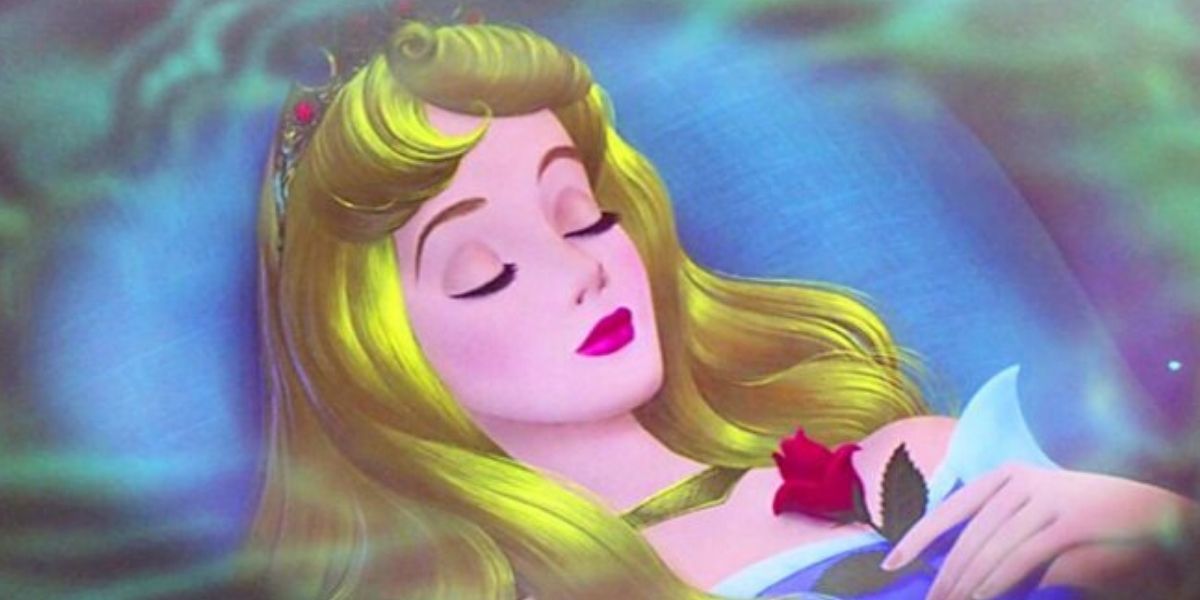
It’s amazing Disney took a story as inherently gross as Sleeping Beauty, and turned it into something that completely bypasses the horror of the original story. Sure, Prince Philip kissing an unconscious Aurora certainly isn’t kosher, but it’s at least rooted in some internal film logic — and the two do have a connection, albeit barely.
In the original story, Aurora is sexually assaulted by a king while still asleep. This leads to her birthing twins, all while still asleep. It’s a very nasty bit of storytelling, and it’s really no wonder Disney not only cut this altogether, but outright refused to even acknowledge it. Even the Maleficent series turns a blind eye to this — though it does allude to it thematically via Maleficent's arc.
6 The Jungle Book: Mowgli Gets His Revenge
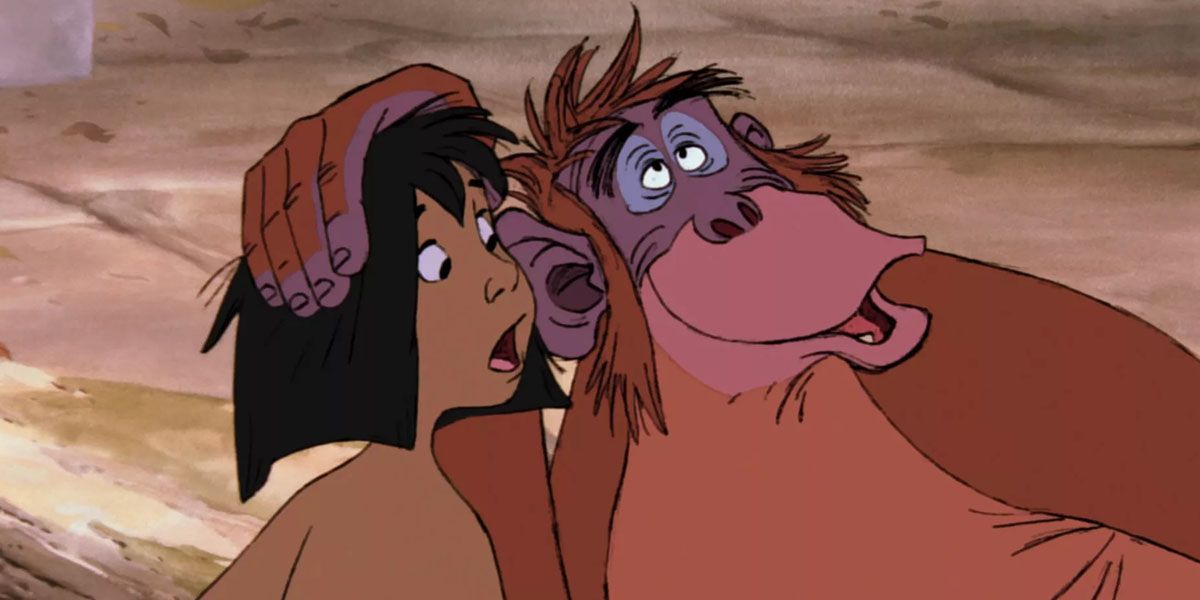
Mowgli isn’t a character many would call violent. Nor is The Jungle Book a movie that inspires such a description. All things considered, while the film deals with heavy subject matter, it does so tactfully and in a way where younger audiences can be engaged without being put off by anything too extreme.
Not the case for the original novels focusing on Mowgli and the rest of The Jungle Book’s lore. One story sees Mowgli getting revenge on his village after being exiled for befriending the animals. Mowgli systematically works to completely destroy the village, allowing nature to take over, and driving off everyone who wronged him.
5 The Little Mermaid: Ariel Commits Suicide
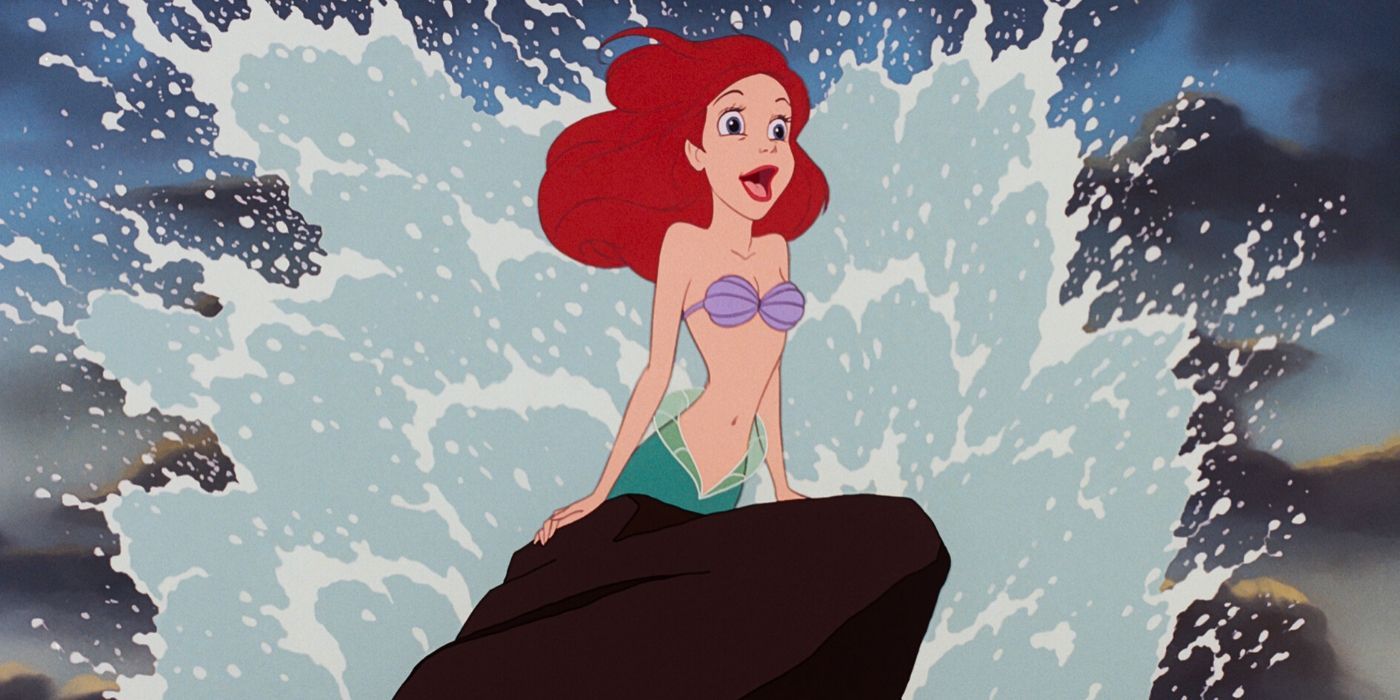
The Little Mermaid ushered in a new era for Disney. The Disney Renaissance essentially secured the studio's place in the modern movie world, a juggernaut capable of buying anything and everything that walks. It makes sense. The Little Mermaid is a feel-good movie designed for anyone to like; but that wouldn’t be the case with the original ending.
Where Ariel and Eric end up together in the film, the original story ends with the Prince mistaking another woman for the mermaid who saved him. Ariel can either kill the Prince to become a mermaid again, or kill herself by turning into sea foam. She chooses the latter, allowing the Prince to live happily ever after. Disney made the right call.
4 Pocahontas: Pocahontas Is Captured, And Later Dies On Her Way To Virginia
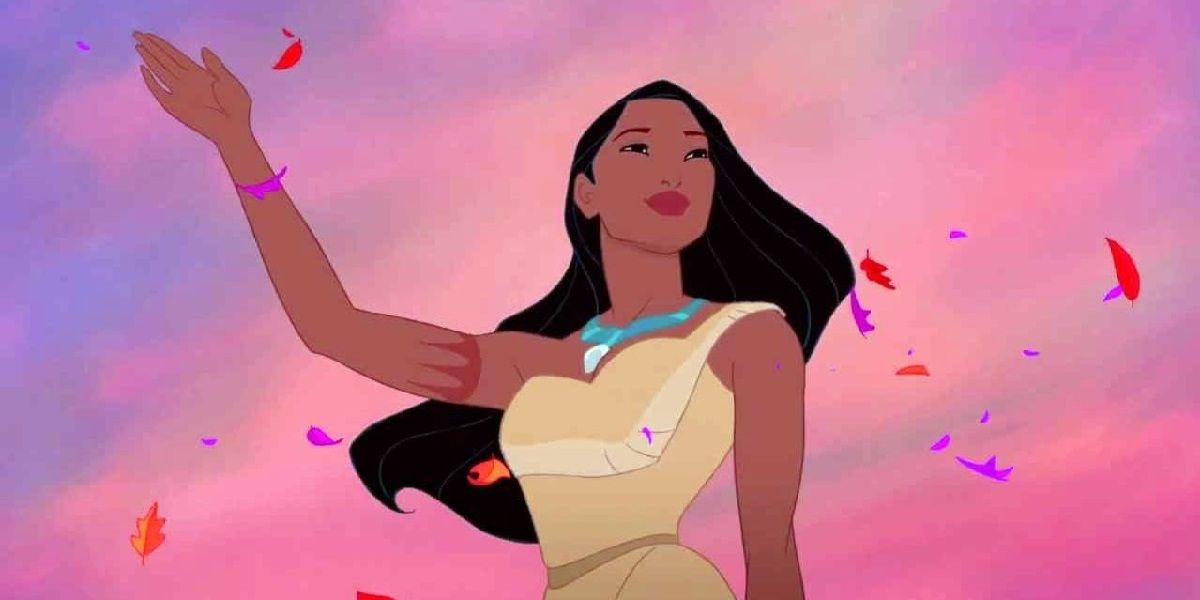
To be fair, even if Disney wanted to depict this part of Pocahontas’ history, this would still take place a decent bit after the end of the original movie. Disney did make a direct-to-video Pocahontas 2, however, where they very "cleverly" ignore the fact that Pocahontas was abducted and forcefully taken away from home.
In the original story, she’s brought to England where she marries one John Rolfe. Pocahontas would later attempt to return to Virginia only to succumb to either pneumonia or tuberculosis, the disease ending her journey prematurely. It’s a pretty upsetting end to a young woman’s life.
3 The Hunchback Of Notre Dame: Quasimodo Buries Himself Alive With Esmeralda's Corpse

All things considered, things work out pretty well for Quasimodo and the gang in Disney’s adaptation of The Hunchback of Notre Dame. Frollo is killed, Phoebus and Esmeralda are together, and Quasimodo finds a place for himself in the world that isn’t dependent on him getting the girl. It’s a good movie with a good arc.
As expected, however, things aren’t so clean in the original novel’s ending. Esmeralda actually ends up dying by the end of the story (with Phoebus just straight up leaving). Quasimodo, feeling a deep connection to Esmeralda, decides to bury himself alive with her — dying with the only person who showed him warmth.
2 Mulan: Mulan Commits Suicide
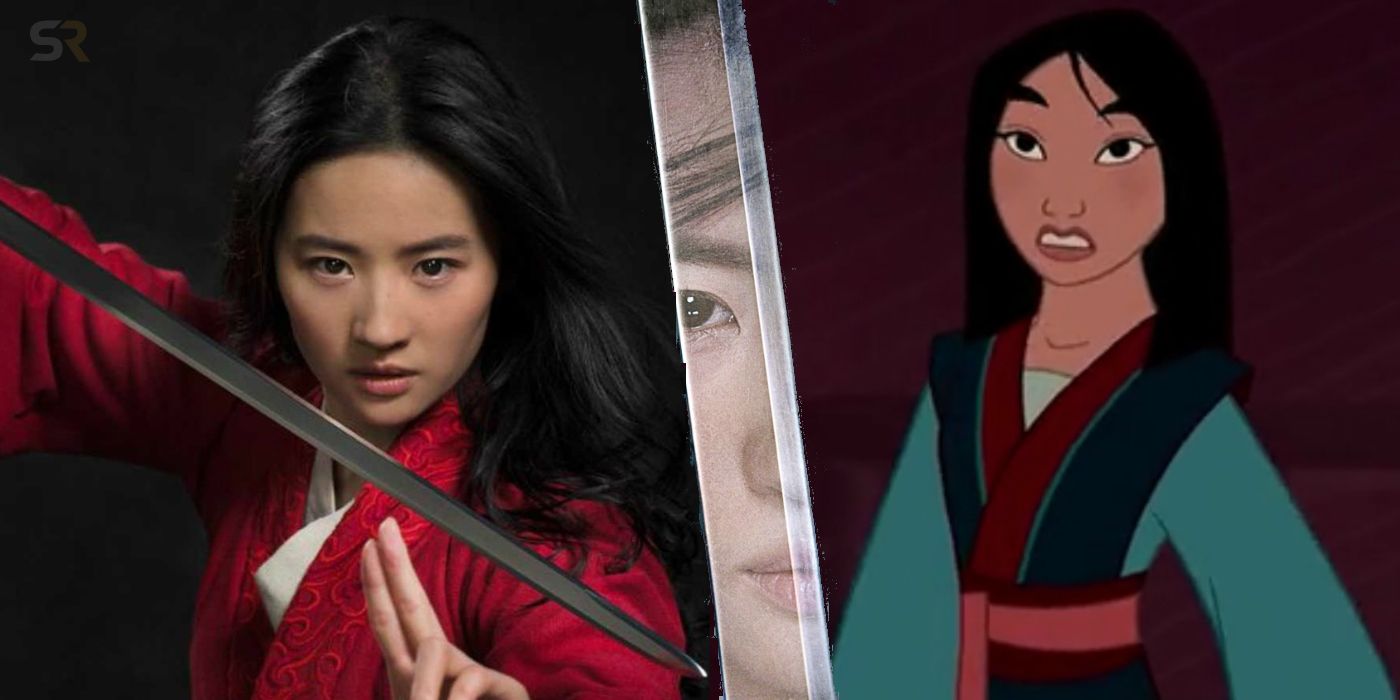
Don’t expect to see this in the live-action remake. Following Mulan’s liberation of China, she returns home to find a deceased father, a mother who has remarried, and a Khan who has not only taken over, but is now demanding Mulan be his new concubine. Rather than face a life of horror, Mulan takes her own life to be with her father.
Interestingly, the live-action remake is adding in Mulan’s sister, a character who really only has relevance because of Mulan’s suicide. As this is still Disney, however, is is essentially impossible that such an ending will be featured, let alone even be alluded to in the remake.
1 Tangled: Rapunzel’s Prince Blinds Himself
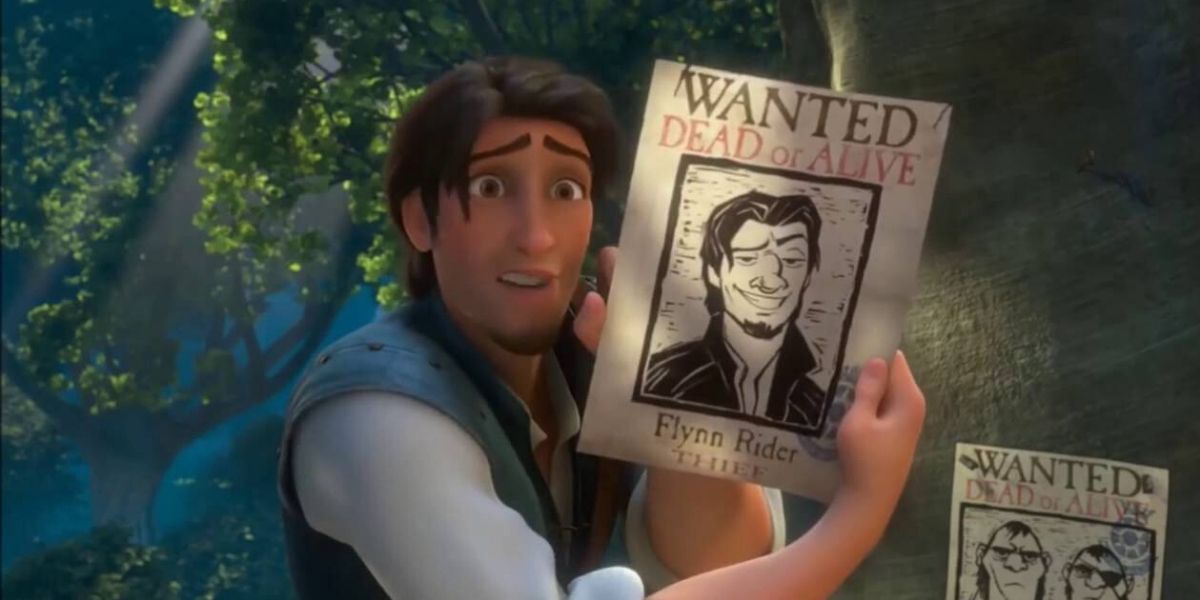
Tangled is one of Disney’s looser adaptations, really flipping the classic story of Rapunzel on its head. Flynn himself is a completely brand new character, taking the concept of Rapunzel’s Prince from the story and turning him into a commoner. The animated series reveals that Flynn was royalty all along, but that’s really the only connection between Flynn and the Prince.
Come the end of the original story, the Prince believes that Rapunzel has died. As a result, he throw himself off of Rapunzel’s tower, landing face first in a bush and blinding him in the process. It turns out, however, Rapunzel was not dead. The Prince is left duped and blinded for his troubles.
from ScreenRant - Feed https://ift.tt/2HQQ34v

No comments: